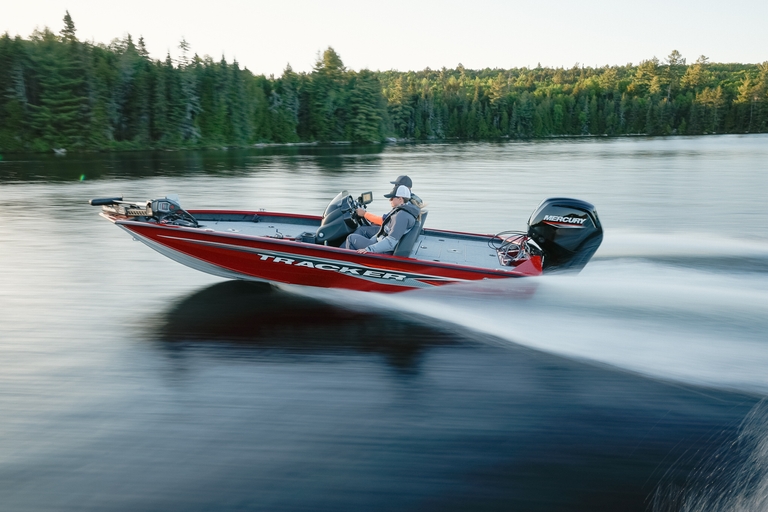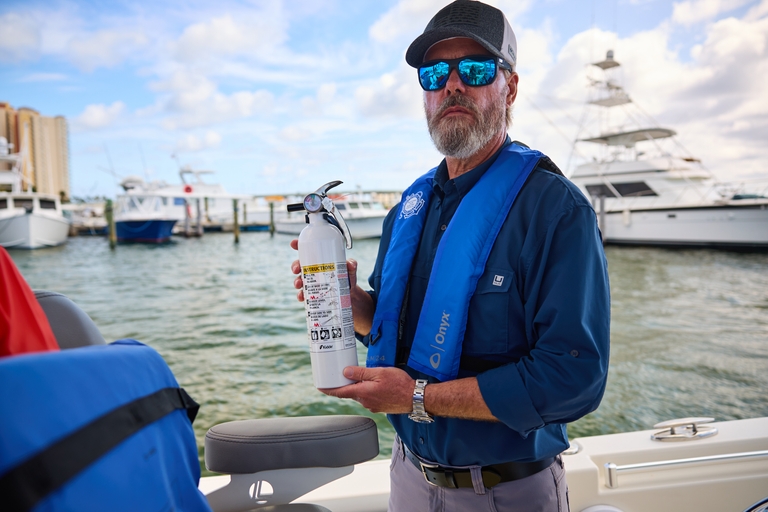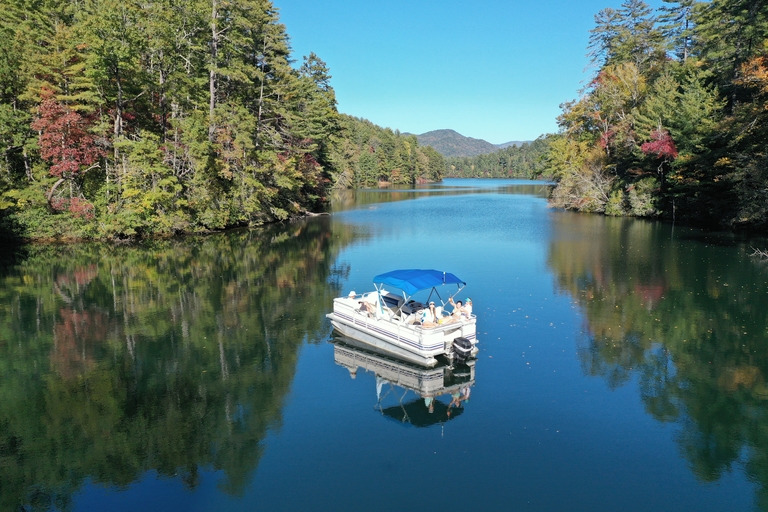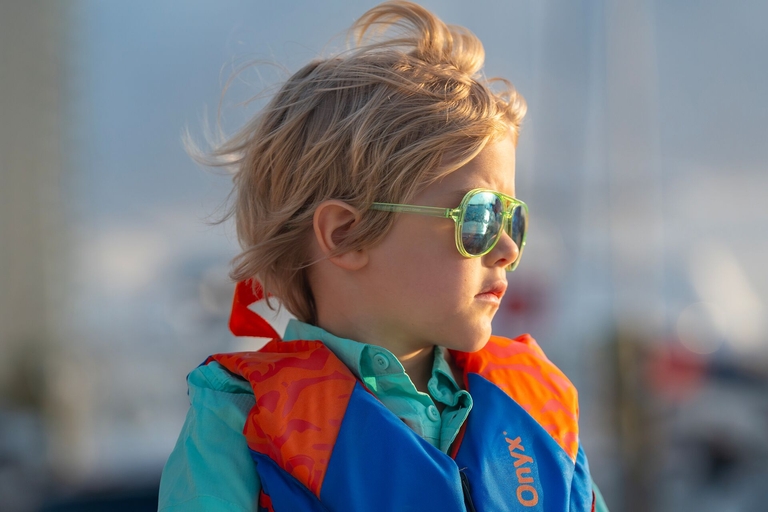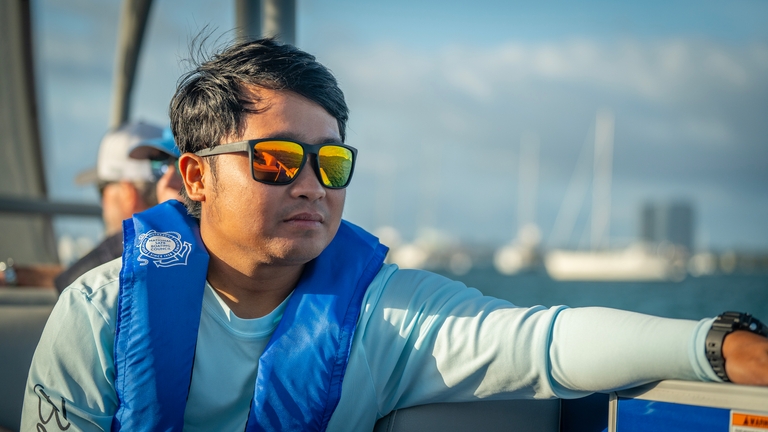What Does Type 2 Life Jacket Mean?
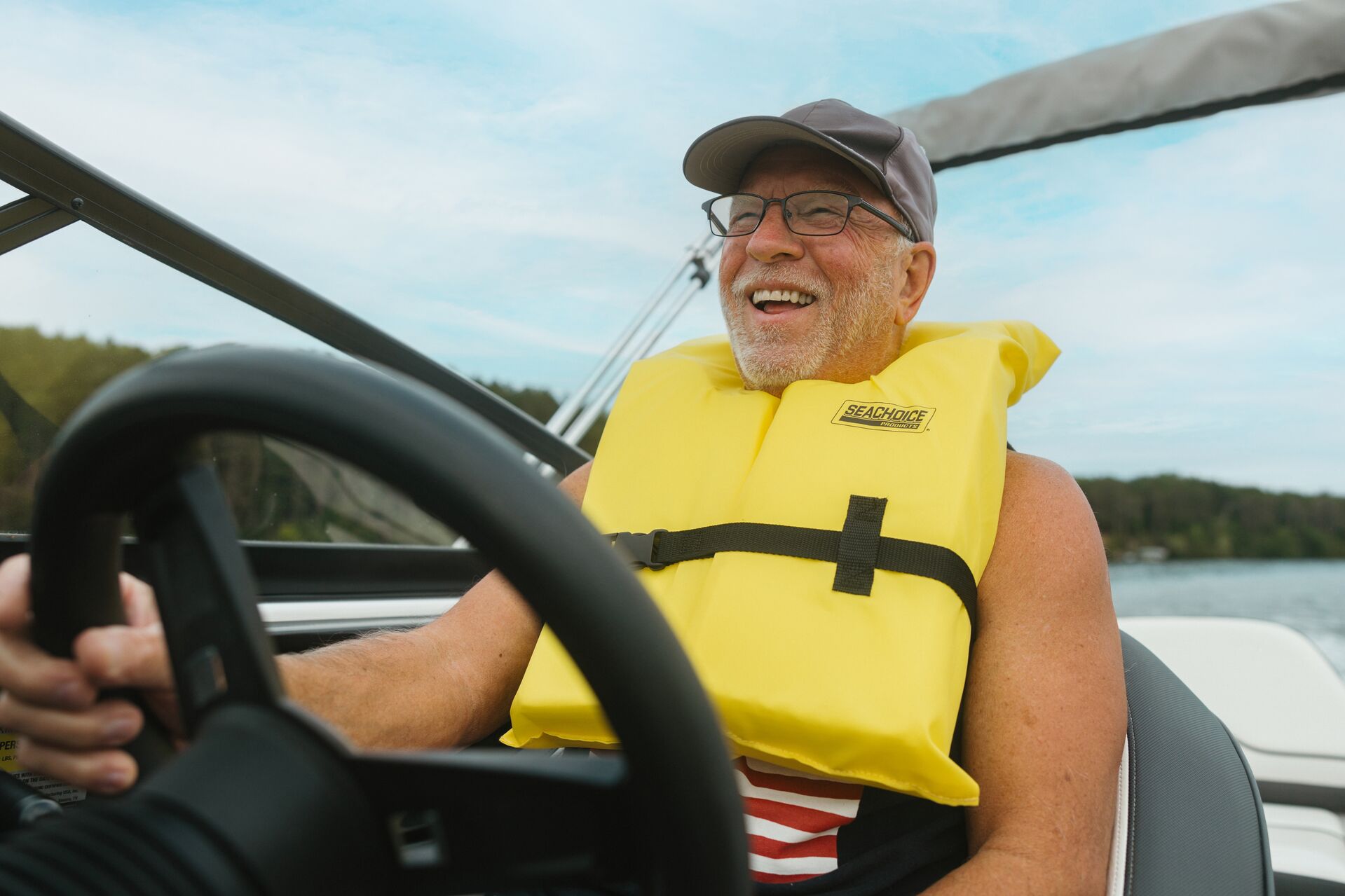
Updated June 17, 2025
Life jackets are essential for safety in all kinds of water-related activities, and there are several types to choose from. Many people choose a Type 2 life jacket because it's lighter, easier to manage, and suitable for a range of general boating activities — but there are times when you need a different kind of jacket.
There are five types, ranging from options for rough waters to special-use devices. Having the right one for water conditions and activities can help keep you safer when boating.
Here's what you need to know about these personal flotation devices (PFDs) and when to choose a Type 2 over a different option.
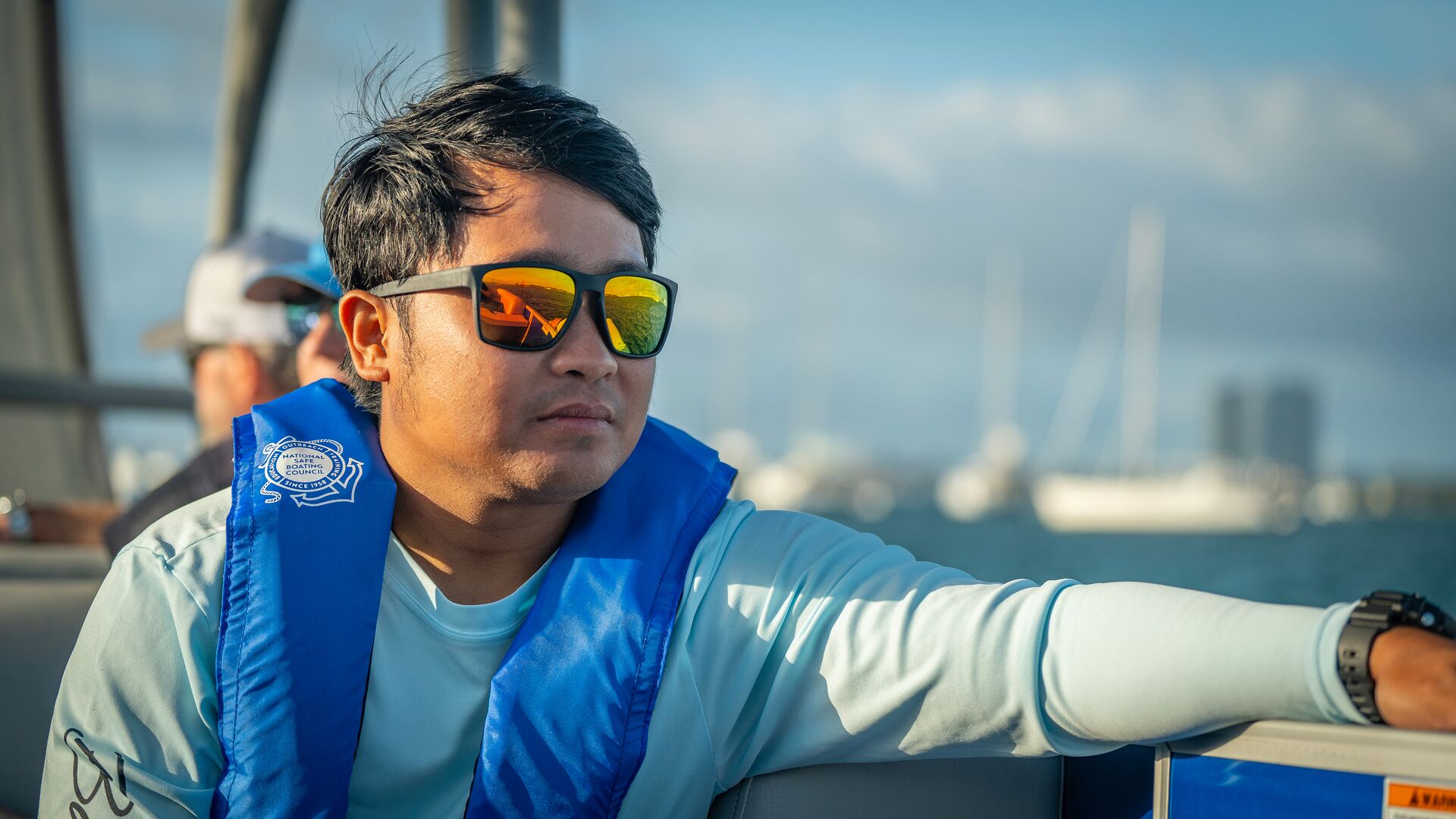
Understanding Life Jacket Classifications
The United States Coast Guard (USCG) has a classification system for life jackets.
The five types of PFDs start with a Type 1 jacket, which is for rough, remote waters where rescue could take a long time.
- The Type 2 jacket is next in line, and it's for calmer waters where rescue typically happens quickly.
- A Type 3 jacket is light and offers more freedom of movement. It's suitable for people who are paddling or moving a lot and can be worn continuously.
- A Type 4 PFD is designed to be thrown to someone as a backup and comes in cushions and buoyant rings.
- Type 5 PFDs are specialized and only for specific activities such as windsurfing or kayaking. All wearable jacket options come in inflatable, inherently buoyant, and hybrid designs.
What Is a Type 2 Life Jacket?
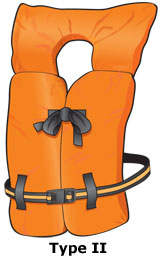
According to the USCG, a Type 2 jacket is a near-shore, buoyant vest for general boating activities. It's good in calm, inland waters where the chances of a fast rescue are high. These jackets can also help turn an unconscious person face up but aren't guaranteed to do so.
There are also different levels of PFDs, which relate to the degree of buoyancy each jacket or other floatation device offers. The levels are 50, 70, 100, and 150, which translates to a Newton measurement. Seventy Newtons, for example, equals a buoyancy of 15.74 pounds.
Design and Appearance
Type 2 jackets are usually orange or yellow, and their bright colors make them easier to see in the water.
They're made from durable materials designed to hold up to water and sunlight. You don't want a life jacket that will break down with use because it might not work when you need it most.
The most significant difference between a Type 2 jacket and others is that it falls mainly in the middle of the range regarding comfort and buoyancy in a standard PFD. It's not as buoyant as a Type 1 jacket but more comfortable.
It will also give you more floatation ability than a Type 3 jacket, but you'll find the Type 3 jacket easier to wear for a long time.
Purpose and Usage
These jackets should only be used on boats in calm, inland waters. A Type 2 jacket isn't designed to handle rough seas or to keep you afloat in situations where rescue could take a long time.
For those scenarios, you'll want a Type 1 jacket. If you're engaging in an activity where you must wear a comfortable life jacket for an extended period, you may want to consider a Type 3 jacket for maneuverability.
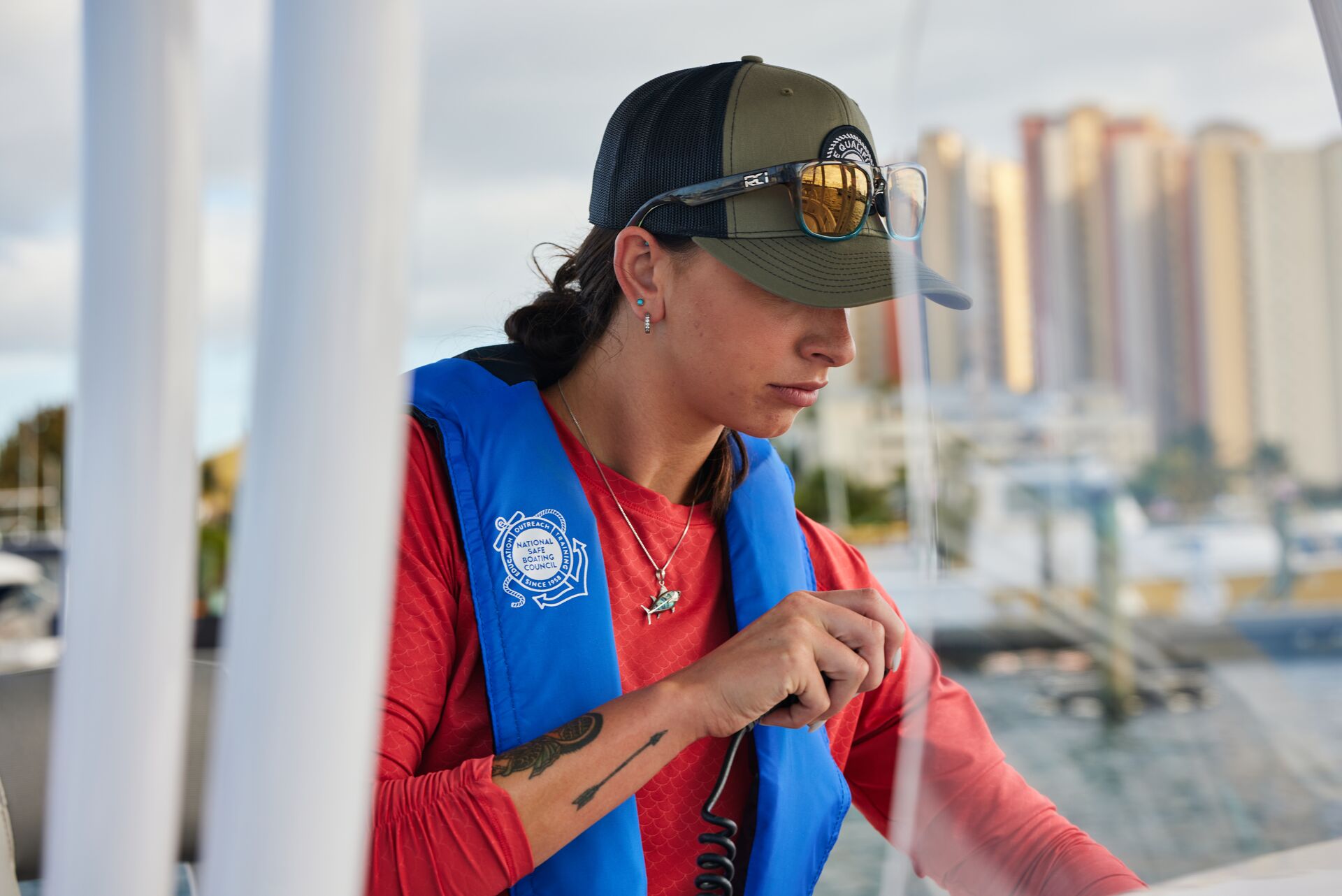
Buoyancy and Performance
A standard Type 2 jacket has approximately 15.5 pounds of buoyancy. Jackets with other levels are available, though, especially if you need one for a child or a larger-sized adult.
The design of these jackets helps keep a person's head out of the water, even if they're unconscious. This reduces the risk of drowning and allows the person to be rescued successfully.
However, this jacket may not be as practical in rough waters or for an extended time.
Life Jacket Regulations and Requirements
Federal laws require children under 13 to wear life jackets when on a boat that's underway, with a couple of exceptions for being below deck or in an enclosed cabin. Additionally, every state has its own laws, so it's essential to know the rules where you're boating.
Adults typically don't have to wear life jackets while on a boat, but they do need to be able to access them and put them on quickly in an emergency. However, the safest way to boat is always to wear your PFD.
You never know when you could be thrown overboard and find yourself in the water. Having your life jacket on could save your life!
Any Type 4 PFDs also need to be ready for immediate use in the case of a person falling overboard.
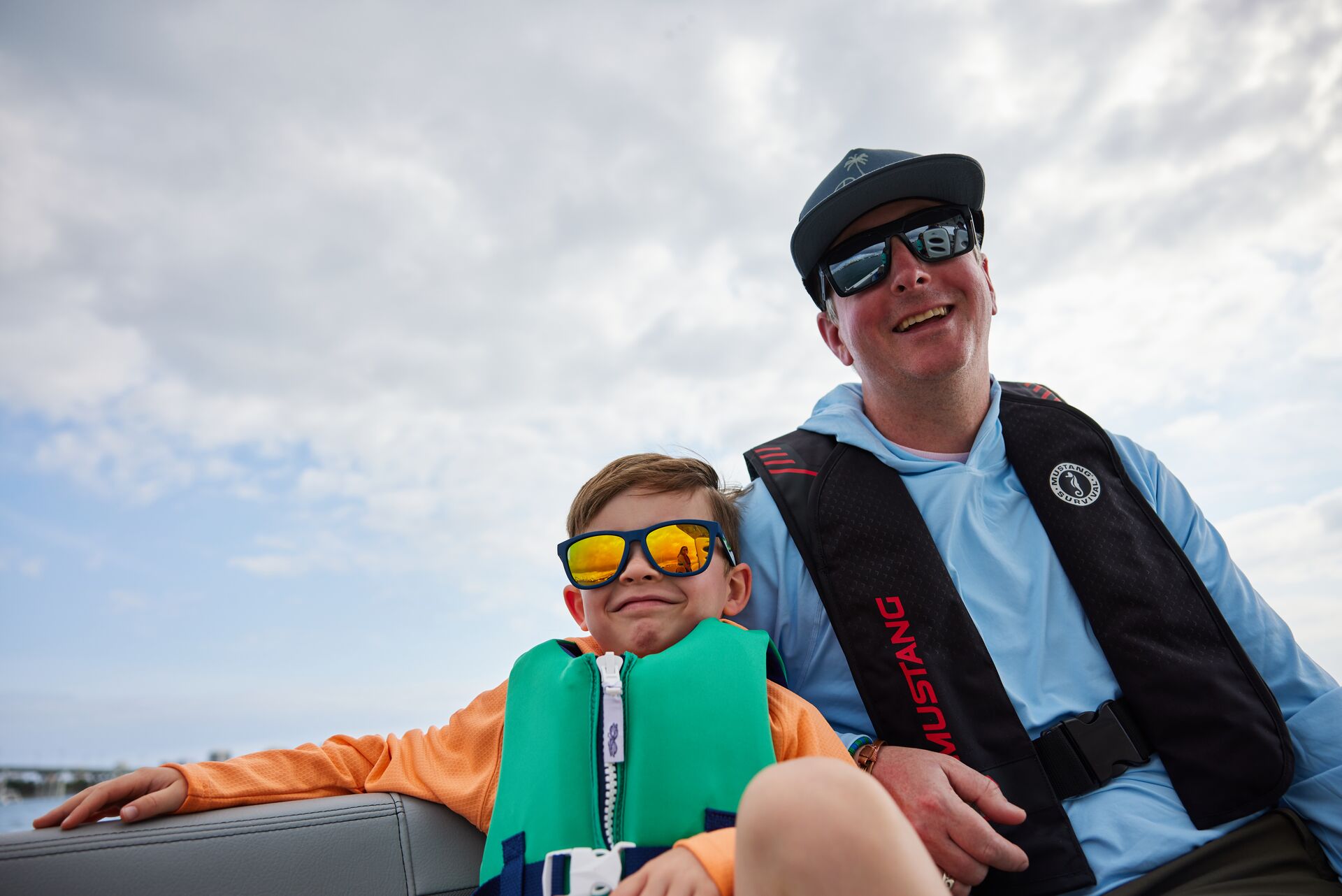
Advantages and Disadvantages of Type 2 Jackets
The most significant advantages of these jackets are that they're lighter weight and less bulky than Type 1 options, more affordable, and widely available.
They're suitable for short trips and recreational boating.
What are the Disadvantages?
These jackets have a few limitations, such as not always turning some unconscious wearers face up in the water.
They're also not good choices for rough waters or extended periods in the water, which can be very important depending on where you're boating.
Choosing the Right Life Jacket
When you choose a life jacket, take time to make sure it fits properly.
The jacket should be reasonably comfortable, and you should be able to perform the necessary activities in it. Consider your activity type, the water conditions, and your swimming ability before making your final decision.
Maintenance and Care for Your Life Jacket
When not in use, keep your jacket clean and stored away from direct sunlight.
Also, regularly inspect it to ensure it works properly — whether you wear a Type 2 jacket or other PFDs.
Remember: The best jacket is one that works properly and that you can wear comfortably.
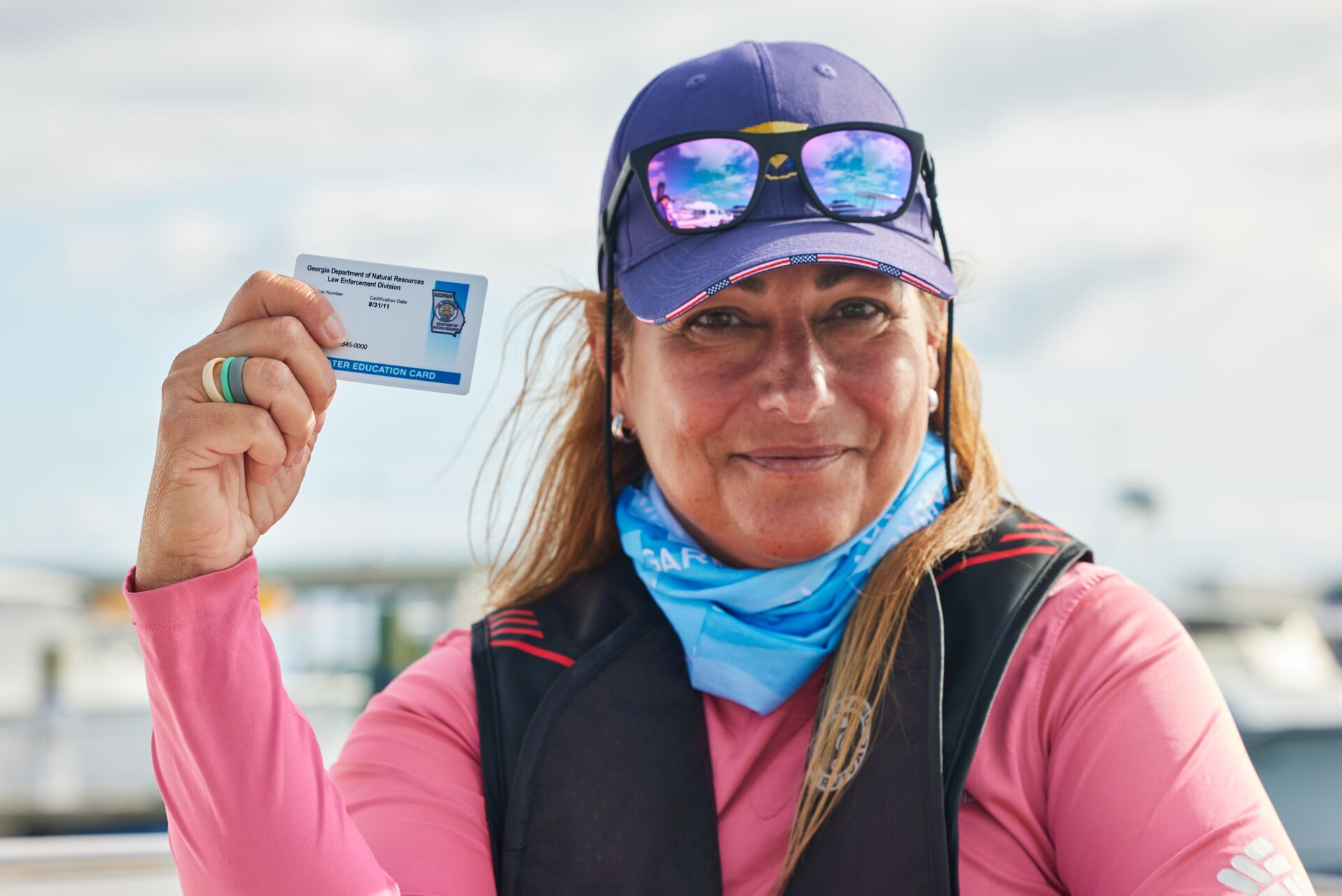
Learn More About Boating Safety With Boat-Ed
While a Type 2 life jacket is essential for safety, it's not the only consideration when on the water. Boat operators must understand a range of safety essentials, including right-of-way when other boats are in the area, the safety equipment required for your vessel, and how to dock safely at the end of your day on the water.
The best way to learn these essentials is through an online course with Boat-Ed! We offer engaging courses that make learning simple so you can boat with confidence every time you leave the shore or dock.
Before your next outing, choose the course for your region and start learning! Then, pass the exam and get your boating education card — a requirement for most states in the U.S. and Canadian provinces.
Content most recently reviewed and updated for relevancy and accuracy June 17, 2025.
Learn more about how life jackets work, choosing the right one (and the right fit), and how to clean and maintain them through our Life Jacket Technician Course!


